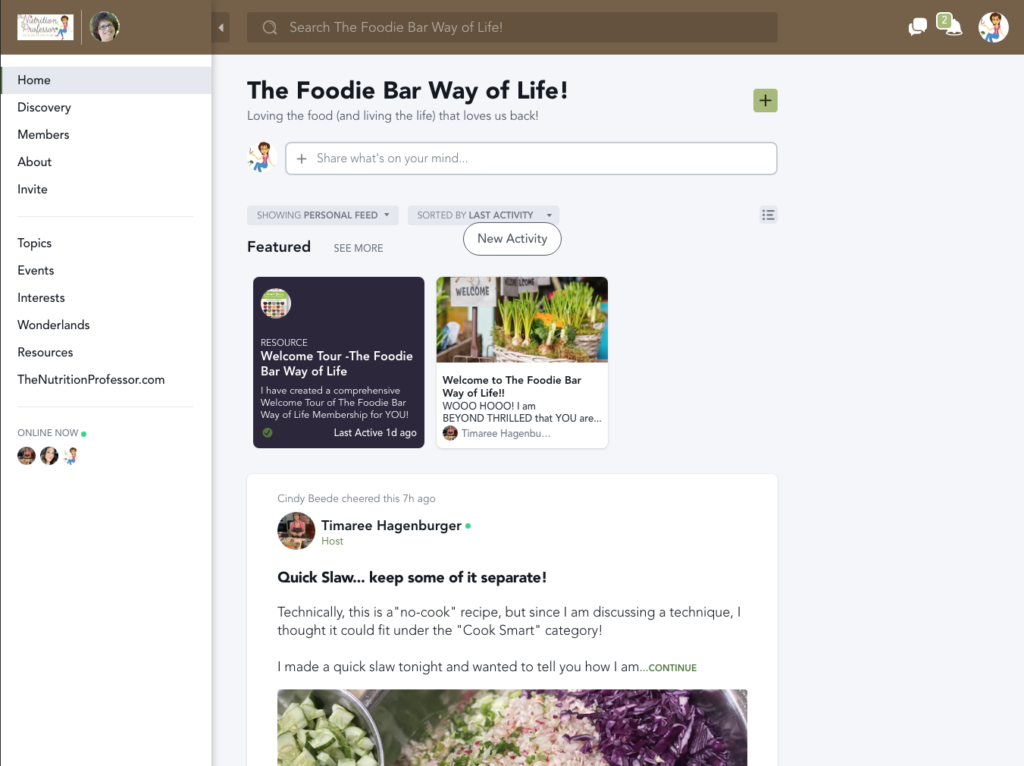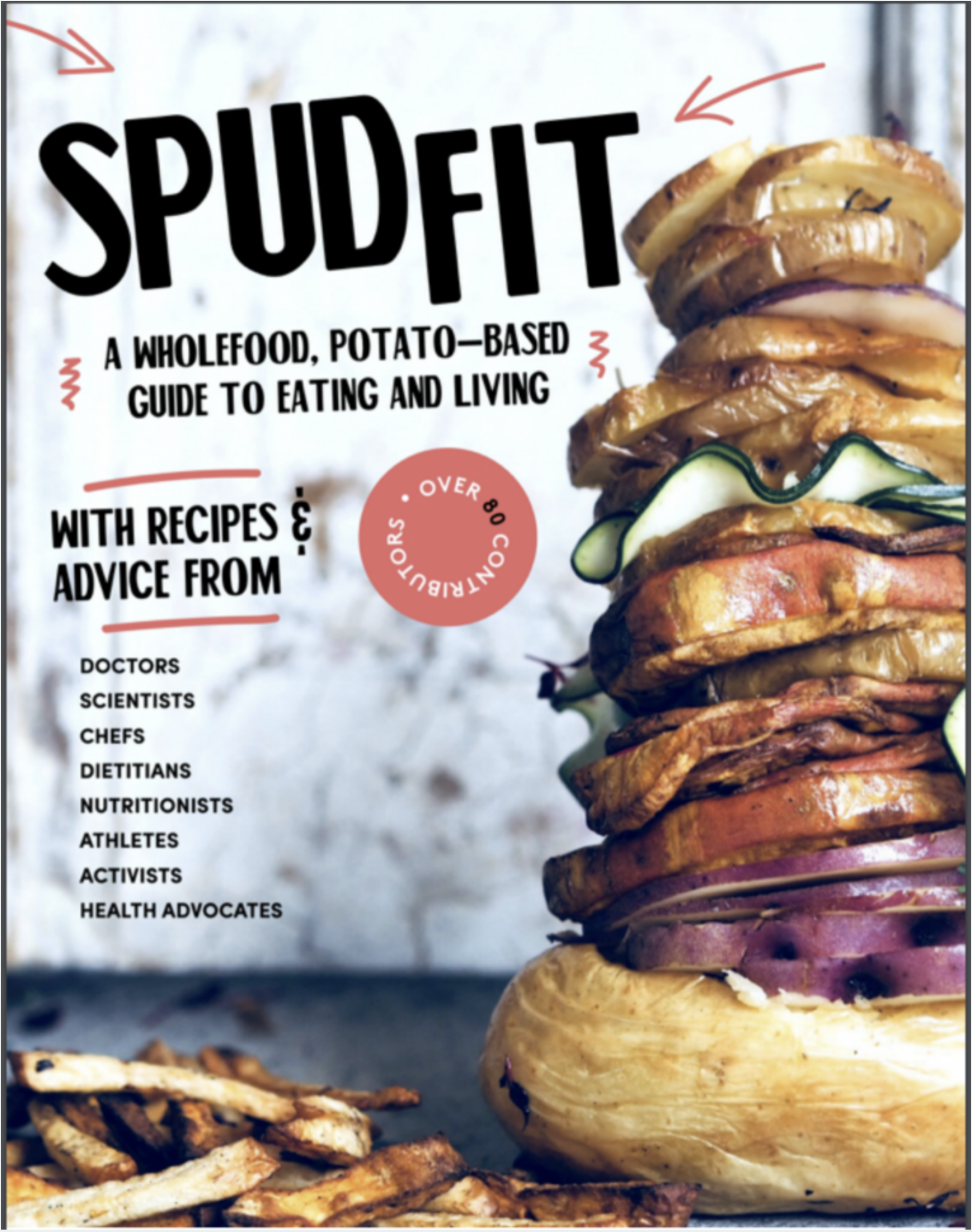Are you an “active couch potato”? While most Americans can benefit from spending more time doing intentional exercise (cardiorespiratory and resistance training), even if you are getting to the gym or out for a brisk walk/jog or run 5-6 times a week, how are you spending the rest of your awake hours? Chances are, you are sitting too much!
There is a large amount of research showing that sitting is actually hazardous to your health! In a study of 17,000 Canadians, those who sat the most were 50% more likely to die during the follow-up period compared to those who sat the least, independent of age, smoking, physical activity and body weight. Inactive time dramatically increases critical biomarkers including total cholesterol, triglycerides, insulin resistance and blood glucose levels, increasing your personal risk for heart disease, stroke and diabetes. Sitting also results in an increase in enzyme activity in our fat tissue (more fat storage) and a decrease in enzyme activity in our skeletal muscle (burn less fat as fuel).
Do little breaks actually make a difference? In a study of 9,000 Australians, the more frequently they broke up sitting behavior with light activity (standing, walking to the restroom), the lower their waist circumference, body mass index, glucose tolerance and blood lipids. Bottom line: The person who sits more is at higher risk of disease, death and an expanding waistline! Get moving, or at least stand up, every 30-45 minutes. While “standing” doesn’t seem very active, it actually burns 50% more calories than sitting and engages isometric muscle contractions in your legs, core, back and chest, causing an increase in metabolic activity that is disease protective.
This type of activity not only positively impacts our biomarkers, but also burns calories, classified as NEAT (non-exercise activity thermogenesis). Even though you don’t burn as many calories per minute as you do working out, since you can engage in these activities all day long, the calories really add up and don’t increase your hunger levels. This can help you lose weight or maintain weight loss as you can burn a lot of calories, but won’t compensate by eating more!
Here are two strategies to help you throughout your day: Move/walk/stand whenever you can and identify the chunks of time during the day that you sit the most (1 hour or more) and actively break them up!
Have walking meetings at work whenever possible and take “family meetings” out the front door and around the block or to the park. Keep in touch with family and friends by putting in your ear buds, sliding your cell phone in your pocket and hitting the sidewalk, folding and putting laundry away or cleaning the house! Park as far away from the entrance of stores as possible, have a “stairs only” policy, take multiple trips from the car to the house when unloading groceries, and be the one who says, “I’ll get it” or “I’ll go”!
Tackle your bigger chunks of sitting time by setting a reminder on your phone or computer for 40 minutes that can be repeatedly snoozed/reset for an additional 40 minutes, to allow you to pop up and move around. Keep drinking water so that you will take regular bathroom breaks. Walk in place for 30 seconds, “pick apples” (reach up and stretch, alternating one arm up higher than the other) or do a few squats.
Wearing a pedometer can be easy and fun, as it reminds us to keep active and provides some healthy competition with ourselves on our way to 10,000 steps each day. If you are looking to really super charge your calorie burn, consider a treadmill desk. Commercial options are available, and you can build your own for under $50! http://www.treadmill-desk.com/
This is the kind of thing that we all “know”, sitting too much isn’t good for us, but after reviewing some of the research, I think that you’ll agree this is too important to ignore or procrastinate. In fact, I have implemented changes in my own life. I typically teach 80-180 minute lectures and while I stand the entire time, my students do not. I will never do another lecture/presentation beyond 45 minutes that does not involve an active break in which everyone stands up. It is your turn and now is the time to act. Remember, health comes to those who help themselves!
Timaree Hagenburger, a registered dietitian, certified exercise physiologist with a master’s degree in public health, is a nutrition professor at Cosumnes River College and sought after speaker. She is so excited about the Plant-Based Nutrition and Sustainable Agriculture certificate program that she and her colleague started there, and also conducts local events, corporate wellness work, has a regular segment on California Bountiful TV, is a frequent podcast guest, and published her innovative and practical cookbook – The Foodie Bar Way: One meal. Lots of options. Everyone’s happy. available at www.FoodieBars.com Find details about Timaree’s upcoming events (cooking demos, book signings and talks about the incredible power you yield with your fork!), and if you missed any of her newspaper columns, podcast interviews or TV appearances, you can find them here at https://www.thenutritionprofessor.com/

 Order and learn more at www.FoodieBars.com
Order and learn more at www.FoodieBars.com

 This is a first for me... Some of MY recipes are part of a rock star compilation cookbook put together by Andrew Spud Fit Taylor!! Order it today!
This is a first for me... Some of MY recipes are part of a rock star compilation cookbook put together by Andrew Spud Fit Taylor!! Order it today!